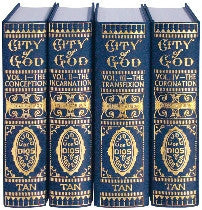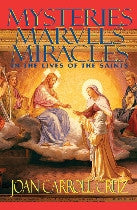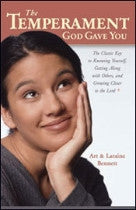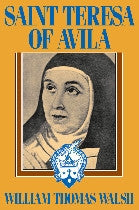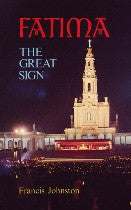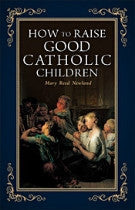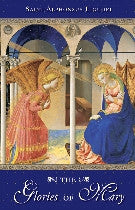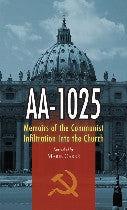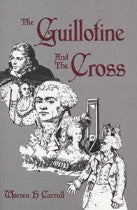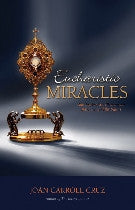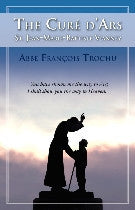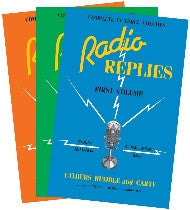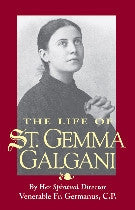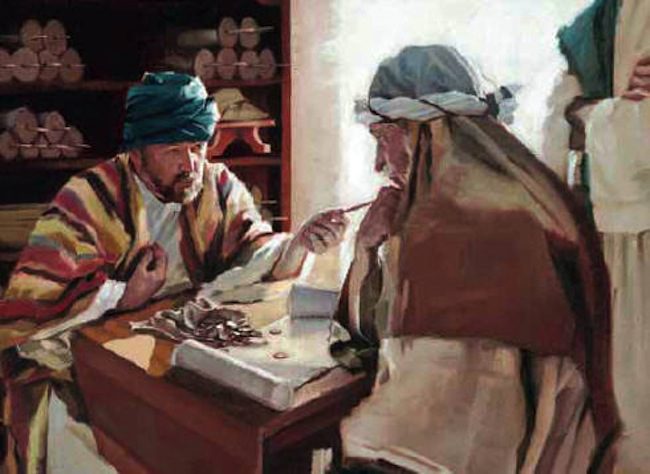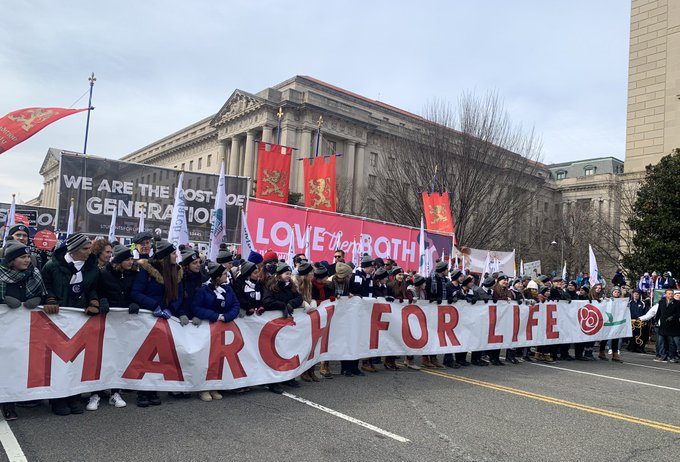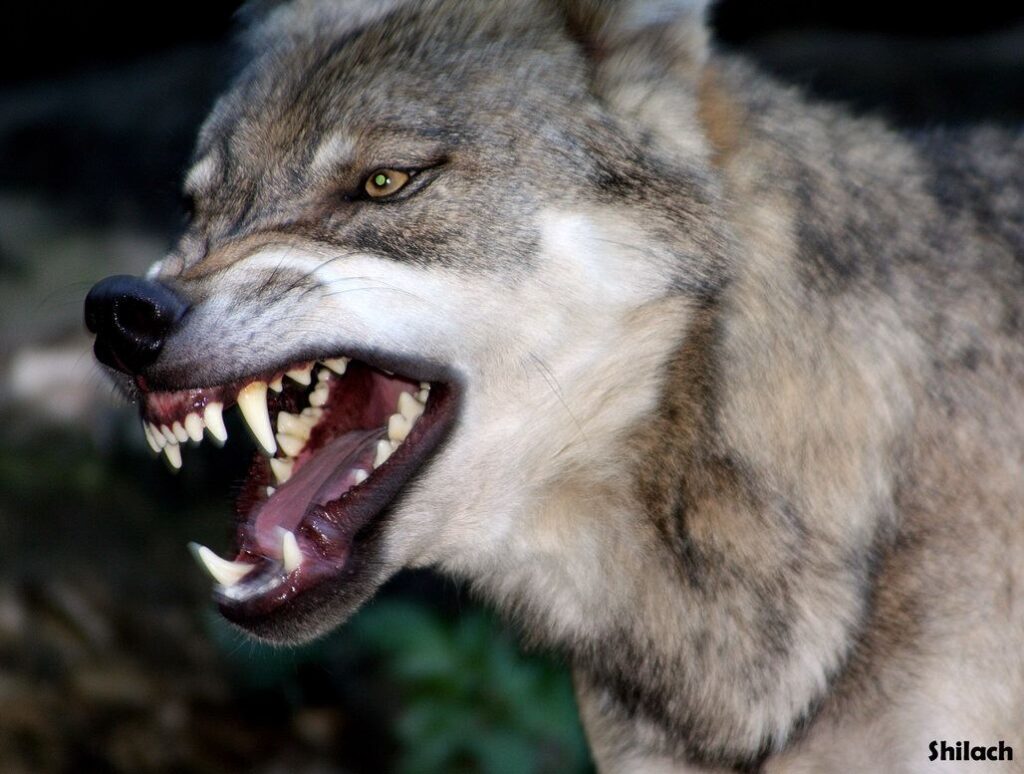The Liturgical year
Division of the Roman Breviary
The Roman Breviary is divided among four separate volumes according to the four seasons of the year:
Volume 1
WINTER
Volume 1 of the Roman Breviary is the Winter Volume (Pars Hiemalis). It contains the seasons of Advent and Sapientiatide, Christmastide, Epiphanytide, Shrovetide, and the first four days of Lent.
Volume 1
WINTER
Volume 1 of the Roman Breviary is the Winter Volume (Pars Hiemalis). It contains the seasons of Advent and Sapientiatide, Christmastide, Epiphanytide, Shrovetide, and the first four days of Lent.
Volume 2
SPRING
Volume 2 of the Roman Breviary is the Spring Volume (Pars Verna). It contains the seasons of Lent, Passiontide, Eastertide and Rogationtide, Ascensiontide, and Whitsuntide.
Volume 3
SUMMER
Volume 3 of the Roman Breviary is the Summer Volume (Pars Aestiva). It contains the first part of the season of Trinitytide from Trinity Sunday through the end of the month of August.
Volume 4
AUTUMN
Volume 4 of the Roman Breviary is the Autumn Volume (Pars Autumnalis). It contains the remainder of Trinitytide from the first week of September through the last week of November.
LITURGICAL SEASONS OF THE YEAR
The Seasons of the Liturgical Year are arranged as follows:
The Penitential Season of Advent prepares us for the Nativity of Christ. It is a penitential season, and violet vestments are worn at Mass and the Divine Office. Advent begins on Advent Sunday and ends on Christmas Eve, a period of about four weeks that reflect the four thousand years between the fall of Adam and the birth of the Messiah.
The Penitential Season of Advent prepares us for the Nativity of Christ. It is a penitential season, and violet vestments are worn at Mass and the Divine Office. Advent begins on Advent Sunday and ends on Christmas Eve, a period of about four weeks that reflect the four thousand years between the fall of Adam and the birth of the Messiah.
The last week of Advent, starting on December 17 and ending on the day before Christmas Eve. During this period, the Office of Vespers is sung with greater solemnity with the Great O Antiphons spelling out the imminent approach of the Messiah. The Ember Days of Sapientiatide are observed in the week following Gaudete Sunday, the 3rd Sunday in Advent.
The twelve days of Christmas, or Yuletide, traditionally lasts until the Vigil of Epiphany, known as Twelfth Night. However, Christmastide actually extends well beyond Epiphany and is concluded by the joyful feast of the Purification of the Blessed Virgin on February 2.
Epiphanytide is really a continuation of the Christmas season, and is kept until Alleluia Saturday, the day before Septuagesima Sunday. The period after the Octave of Epiphany reverts to green vestments for the Office of the Season, as we transition from the joyful Christmas cycle into the Easter Cycle, with its sombre beginnings in Shrovetide, Lent and Passiontide
Shrovetide is a period of preparation for the Great Fast of Lent. The joyful sound of the Alleluia is removed from the liturgy, and the vestments for the Office of the Season are the penitential color of violet. It is a relatively short season, lasting only two weeks and two days, with the names of the Sundays reflecting the approach of Easter–Septuagesima (70), Sexagesima (60), and Quinquagesima (50). The season ends on Shrove Tuesday, on which the faithful are encouraged to confess their sins in preparation for the following day of Ash Wednesday.
Shrovetide is a period of preparation for the Great Fast of Lent. The joyful sound of the Alleluia is removed from the liturgy, and the vestments for the Office of the Season are the penitential color of violet. It is a relatively short season, lasting only two weeks and two days, with the names of the Sundays reflecting the approach of Easter–Septuagesima (70), Sexagesima (60), and Quinquagesima (50). The season ends on Shrove Tuesday, on which the faithful are encouraged to confess their sins in preparation for the following day of Ash Wednesday.
Lent begins on Ash Wednesday, with the imposition of ashes on the foreheads of the faithful, a reminder that we are dust and unto dust we shall return. The first four weeks of Lent are devoted to the themes of penance, prayer, and alms-giving. The Latin name for Lent is Quadragesima (40) which reflects the time spent by our Lord who himself fasted forty days and forty nights in the wilderness. The Ember Days of Quadragesima are observed in the week following Quadragesima Sunday, the 1st Sunday in Lent. Every day of Lent has its own proper Mass, and at Matins, a Homily is read on the Gospel of the day.
The last two weeks of Lent are called Passiontide, and our focus shifts now to the Passion and Death of our Lord. The second Sunday of Passiontide is called Palm Sunday and introduces us into the most solemn of all liturgical weeks, Holy Week. The liturgy loses some of its joyful prayers during this time, and on the last three days of Passiontide, the Sacred Triduum of Maundy Thursday, Good Friday and Holy Saturday, the stark nature of the Divine Office is completely different from the rest of the year.
With an explosion of joy on the morning of Holy Saturday, the Easter Vigil welcomes the Resurrection of our Lord. The Alleluia and other joyful prayers return to the Mass and Divine Office, and indeed are sung with greater abundance than the rest of the year. This season, which is also known as Paschaltide, extends for the same duration as the forty days of Lent, and ends with the Vigil of the Ascension.
The last four days of Eastertide are also known as Rogationtide, on which we call down God’s blessings on the new crops, with processions and litanies. Rogationtide begins on Rogation Sunday, which is the 5th Sunday after Easter, and ends on the Vigil of the Ascension.
The last four days of Eastertide are also known as Rogationtide, on which we call down God’s blessings on the new crops, with processions and litanies. Rogationtide begins on Rogation Sunday, which is the 5th Sunday after Easter, and ends on the Vigil of the Ascension.
Forty days after our Lord’s Resurrection, Ascension Thursday celebrates the end of that great period of history during which the Lord God dwelled amongst his people. It is a bitter-sweet time, during which we join our prayers with those of the Apostles, invoking God to send us his Holy Spirit. Ascensiontide is only nine days long, and ends on the Vigil of Pentecost.
The twelve days of Christmas, or Yuletide, traditionally lasts until the Vigil of Epiphany, known as Twelfth Night. However, Christmastide actually extends well beyond Epiphany and is concluded by the joyful feast of the Purification of the Blessed Virgin on February 2.
Extending from Trinity Sunday until Advent, Trinitytide is the longest of the liturgical seasons. The color of the vestments is green, and the season recalls the teachings and miracles of our Lord’s three-year ministry. The Divine Office maintains the theme of the Holy Trinity during this season, with many of the texts in praise of the Triune God. In the ancient church, the Sundays were numbered “after Trinity”, a practice continued today by the Dominicans. According to Roman custom, we number our Sundays “after Pentecost”. The Ember Days of Michaelmas are observed during the 3rd week of September. The mood of Trinitytide darkens as we move into November, the month of the Holy Souls, and focus on the four last things, Death, Judgment, Heaven and Hell.





